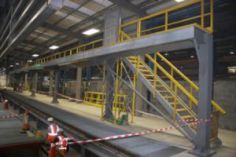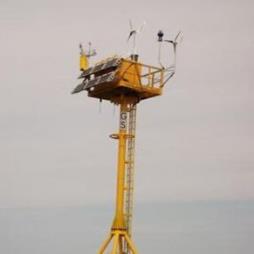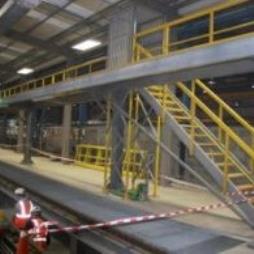Fibreglass Structural Profiles as an Alternative for Steel
Composites are made of a minimum of two types of component materials, and enhance the properties of the constituent materials. Therefore, the combination of fibre and glass yields a product that is stronger and rigid. Fibreglass constitutes a major part of the composites utilised in industry. Since a composite is an amalgamation of materials, it can be made into an exact shape for a particular purpose. In fibreglass goods, the resin transmits the shear while the glass fibres endure the tensile and compressive weight.
Visit the Anglia Composites Ltd website for more information on Fibreglass Structural Profiles as an Alternative for Steel





